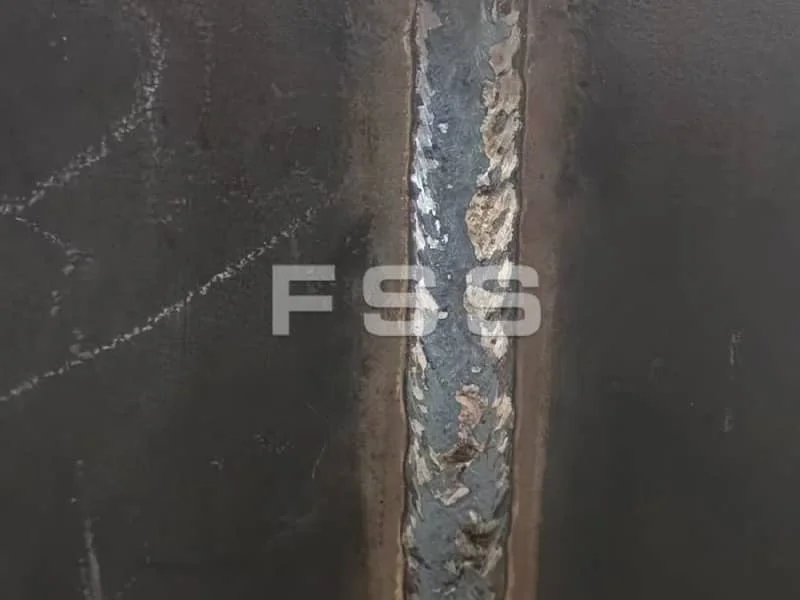



Lattice Column: Precision-Engineered Strength for Heavy-Duty Steel Structures
In modern heavy-duty construction, lattice column stands as a testament to engineering complexity—its intricate lattice patterns and open-web design demand specialized expertise, making it the go-to choice for steel frame column systems in industrial workshops, large-scale warehouses, and high-load public infrastructure. Unlike simpler structural steel columns, lattice columns distribute weight across triangulated members, enabling them to support massive loads (up to 40% heavier than solid alternatives) while keeping material use minimal. This makes them ideal for supporting overhead cranes, heavy machinery, or multi-story steel frameworks in steel columns and beams assemblies, where space optimization and load capacity are critical. Whether integrated into a factory’s mezzanine or anchoring a large commercial roof, lattice columns combine aesthetic versatility with uncompromised performance for demanding applications.

Crafting a lattice column is far from straightforward—its complex geometry demands precision at every stage. Design begins with 3D modeling to map lattice angles, member sizes, and connection points, ensuring structural integrity under extreme loads. Next, raw materials (typically Q355B or Equal grade high-strengthsteel) are laser-cut to micrometer-level accuracy, as even minor deviations can weaken the lattice’s load-bearing capacity. The welding phase is particularly rigorous: skilled technicians use automated MIG/MAG welding to fuse vertical chords with diagonal web members, adhering to AWS D1.1 structural welding codes to prevent cracks or weak points. Post-welding, each column undergoes thermal stress relief to eliminate residual deformation, followed by surface treatment (hot-dip galvanizing or epoxy coating) to enhance corrosion resistance. This meticulous process—spanning design, cutting, welding, and finishing—requires advanced equipment and highly trained welders, making lattice columns a benchmark for columns steel manufacturing excellence.

| Inspection Point | Key Standard | Testing Method |
|---|---|---|
| Material Composition | Q355B Grade | Spectroscopic analysis |
| Weld Integrity | AWS D1.1 Structural Welding Code | ultrasonic testing |
| Dimensional Accuracy | ±1.5mm tolerance | Coordinate Measuring Machine (CMM) |
| Load-Bearing Capacity | 1.5x design load | Hydraulic load testing up to 500t |
For projects involving steel frame column installations, logistics matter—especially when moving bulky components. Lattice columns excel here: their open-web design reduces weight by 25–35% compared to solid i column steel, making them easier to transport and handle on-site. Modular lattice sections can be pre-assembled off-site and bolted together quickly, minimizing on-site labor and equipment needs. Additionally, their slender profile fits standard transport containers more efficiently, reducing shipping costs by 15–20% versus bulkier solid columns. This combination of lightweight design and modular flexibility makes lattice columns a practical choice for large-scale steel workshops, where tight site access and budget constraints often challenge traditional construction methods.

When it comes to heavy-duty steel structures, lattice columns deliver where others can’t: intricate design, uncompromised strength, and a manufacturing process that ensures reliability. From industrial workshops to iconic public projects, they redefine what steel columns and beams can achieve—combining engineering precision with logistical efficiency.
*Required fields